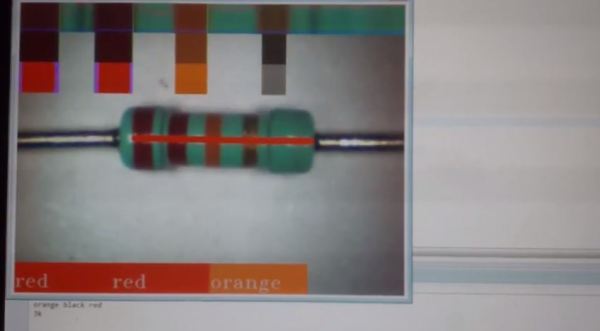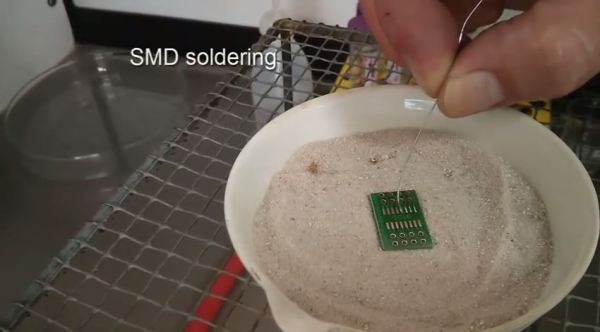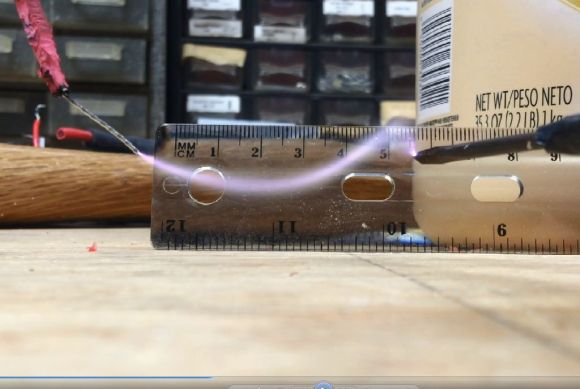Once in a while we get a really awesome tip about a technical art installation — there sometimes isn’t much info behind it, but the idea and concept behind it alone sparks our curiosity. That is most definitely the case for this submerged record player.
Artist [Evan Holm] has created this awesome installation which features a black pool of water — with a built-in record player. He’s somehow waterproofed the player itself, and integrated the controls and needle into a tree, which is part of the installation.
He has a very long and artsy description about the meaning of it, how it represents loss and mystery, and the collective subconscious of the human race… We just see it as a really cool hack. There’s also a full documentary about how he sets up the installation at various shows.
We’ve included both videos following the break — it is very tempting to try recreating something similar!
Continue reading “Under Water Record Player Is Very Mesmerizing”

















